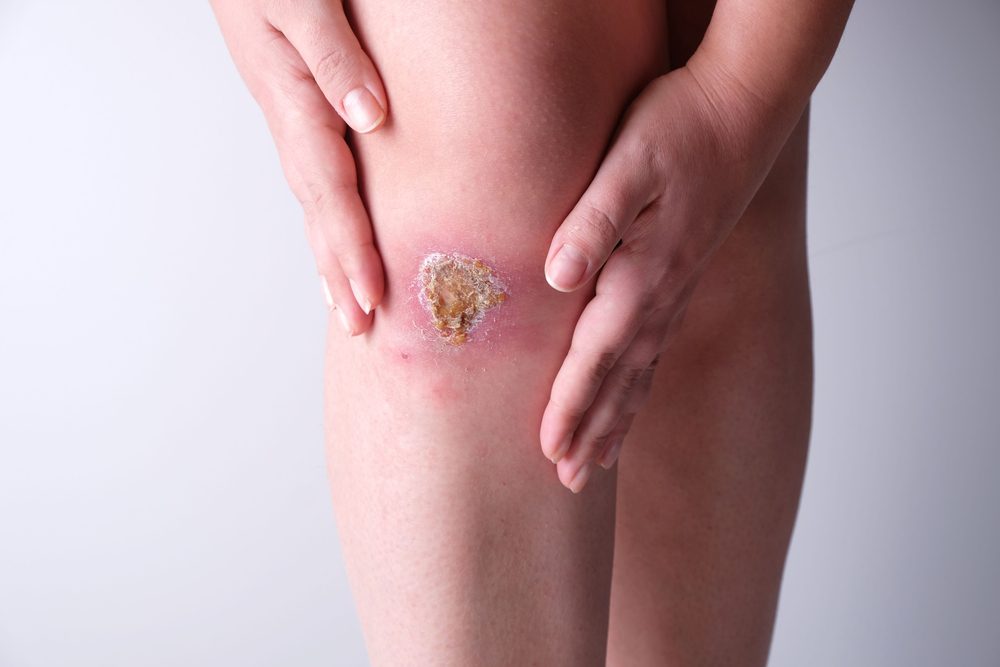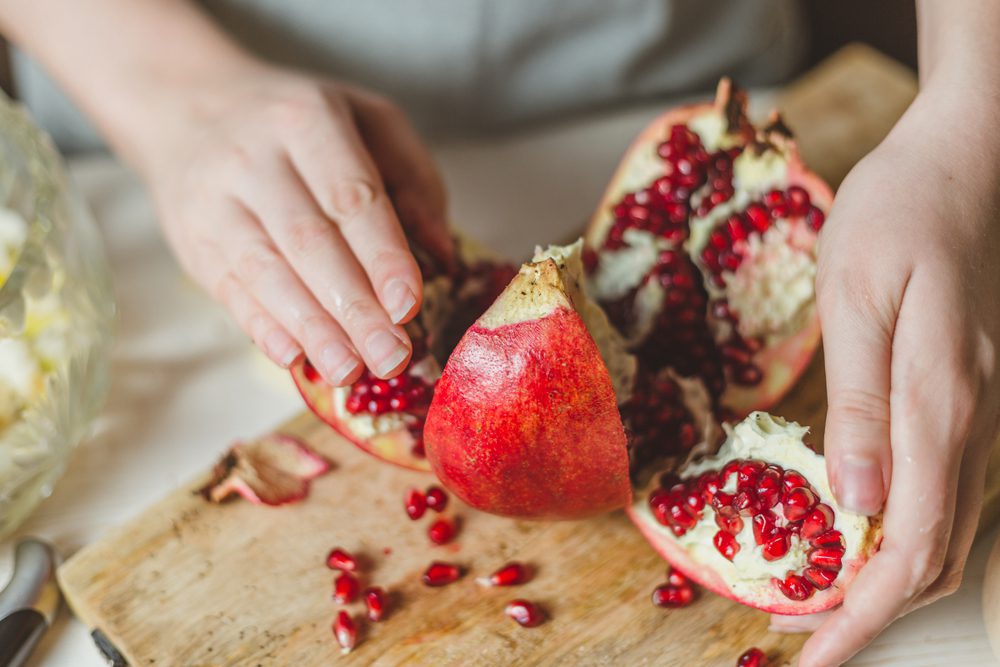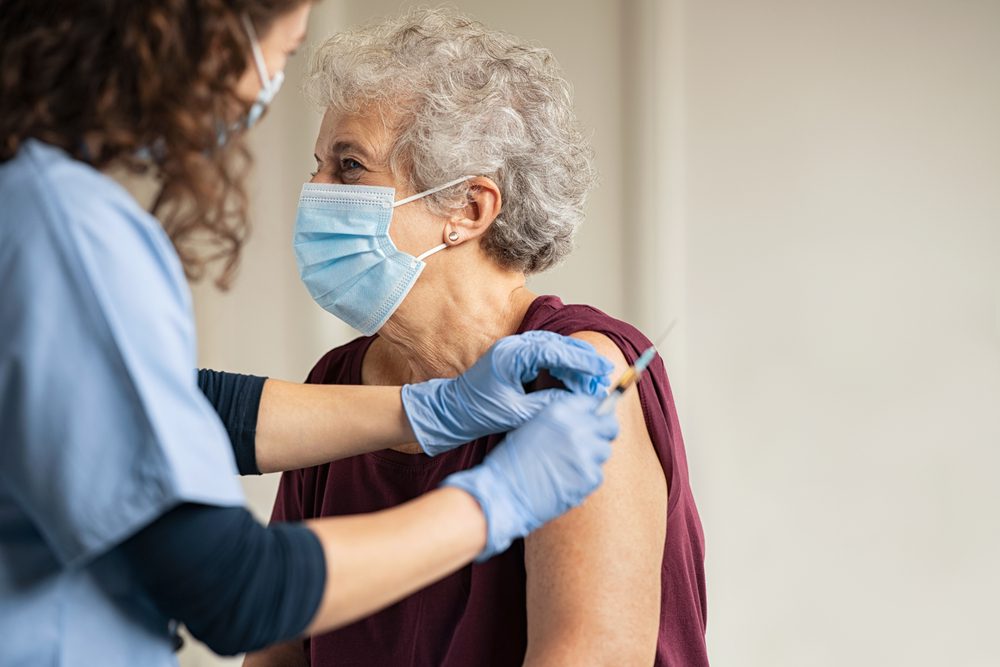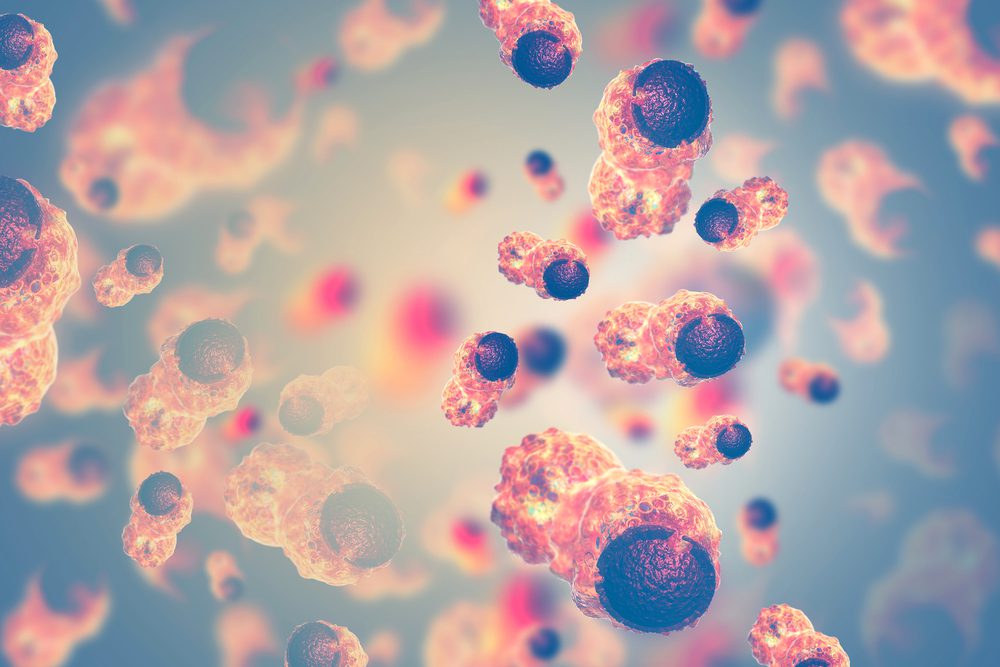
#4 Wounds that heal more slowly
Our body’s immune system and tissue repair systems kick into full force as soon as we suffer a cut or a scrape, fighting off pathogens to help keep the wound from becoming infected. A crust forms over the cut, the blood clots, and the wound begins to heal properly.
Due to the body’s inability to make or utilize insulin, wounds in diabetics often heal more slowly or poorly. When your body has trouble metabolizing insulin, sugar levels rise, impairing your capacity to repair wounds.
Uncontrolled glucose levels can harm nerves, making it difficult for diabetics who sustain wounds to recognize their situation and seek medical attention. The wound will eventually worsen as a result. The chance of infection is increased by the already sluggish healing process and decreased sensation in the affected area.
Peripheral vascular disease (PAD), a circulatory condition, is more common in people with diabetes. Blood becomes thicker and blood vessels get more and more constricted when blood sugar levels are high, making it more difficult than before for blood to reach your extremities. All of these problems affect how quickly wounds heal.



















